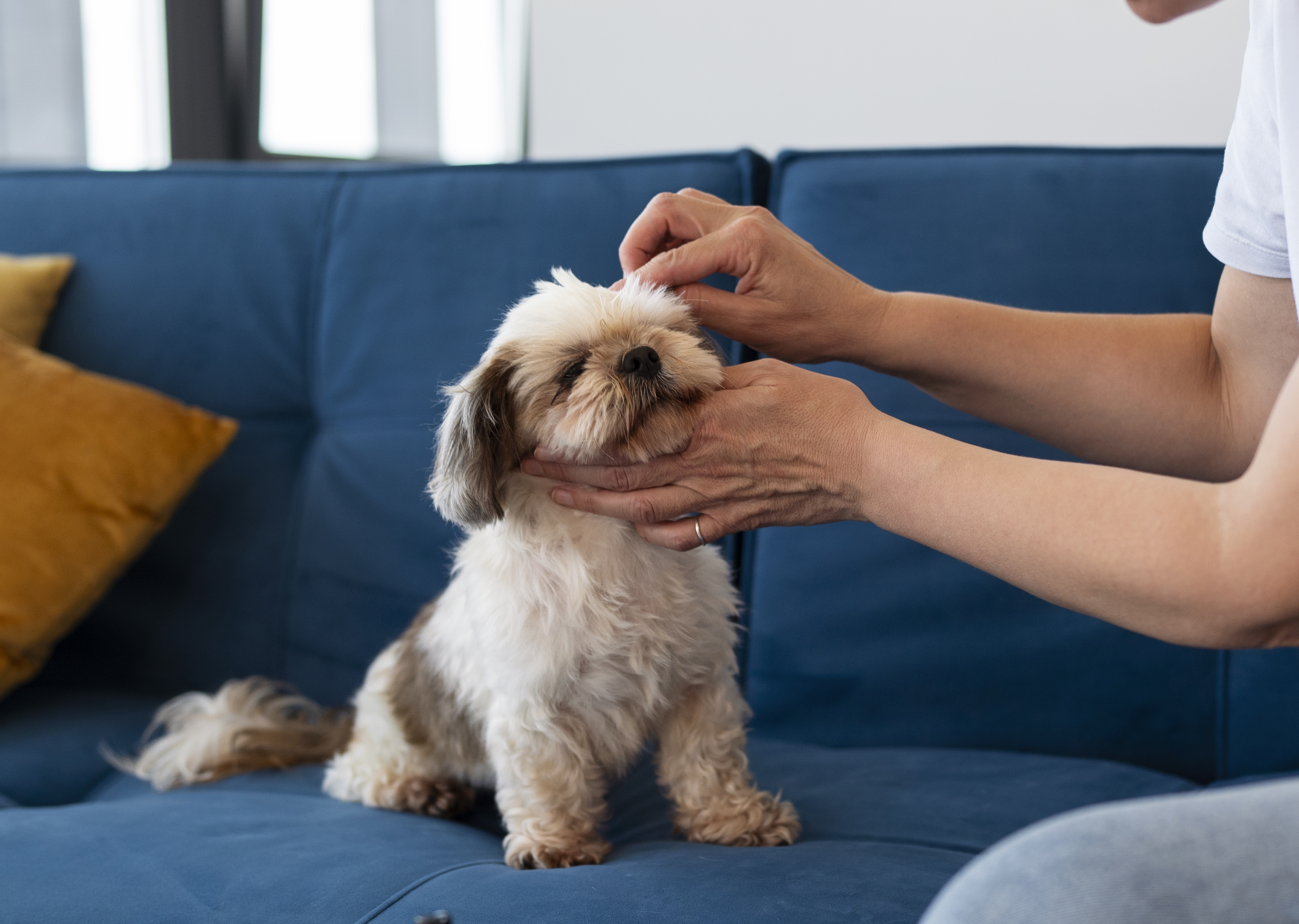How to remove ticks from your dogs: Dos and Don'ts
Ticks are spider-like, egg-shaped, blood-sucking creepy crawlies; relatively small and parasitic. Easily adaptable they can survive in various environments such as the woods, the beach, grass, lawns, forests, and even in urban areas. Ticks aren’t picky eaters: they suck the blood of mammals, birds, and even other insects for their nutrition.
When ticks bite your dog they are capable of carrying various infectious organisms and cause illnesses like Lyme disease, Babesiosis, and Ehrlichiosis. Pathogen transmission can occur as soon as three to six hours after the bite, so the sooner you remove the tick the less chance there is that your dog will get sick.
DOs
- To ensure your safety wear gloves to avoid any direct skin contact to the tick.
- Ensure your pet is relaxed and sitting at ease.
- Use a tick-removal tool, or a good pair of curved tweezers to dislodge the entire tick from as close to the skin as possible. Make sure to get rid of all parts of the ticks’ body removed from the skin
- After removal, clean the bitten area with a disinfectant such as rubbing alcohol or iodine, and wash your hands as well.
- Dispose the tick by killing it in alcohol or flushing it down the toilet.
- If you’re concerned about tick diseases, save the tick in alcohol for testing.
- Look out for any unusual symptoms in your pet. If you notice any unusual behaviour or symptoms be sure to make an appointment with your veterinarian and have your dog examined.
DON’Ts
- Handling the tick with bare hands could transmit infection or illness to you as well.
- Don’t squish or crush a tick. It increases the risk of infection for you and your dog as it can force infected body fluids through the tick’s mouth.
- Don’t attempt to burn the tick with a lighted cigarette or hot match.
- Don’t put things like nail polish, vaseline, alcohol or oil on the tick that will let the tick stick around longer than desired.
- Don’t grab the tick’s body or neck, you may end up squeezing infected fluid into your pet.
Prevent future bites:
To get ahead of the problem, tick checks should be a part of your daily routine. Start by running your fingers or a fine toothflea comb slowly over your dog’s entire body. Look between the toes, inside the ears, around the neck, in the fur, and between the legs and carefully scan for ticks. Wash your pet’s bedding weekly, and bathe your pet with a medicated pet shampoo. Mow areas of the lawn and keep bushes short around where your dog spends time.

